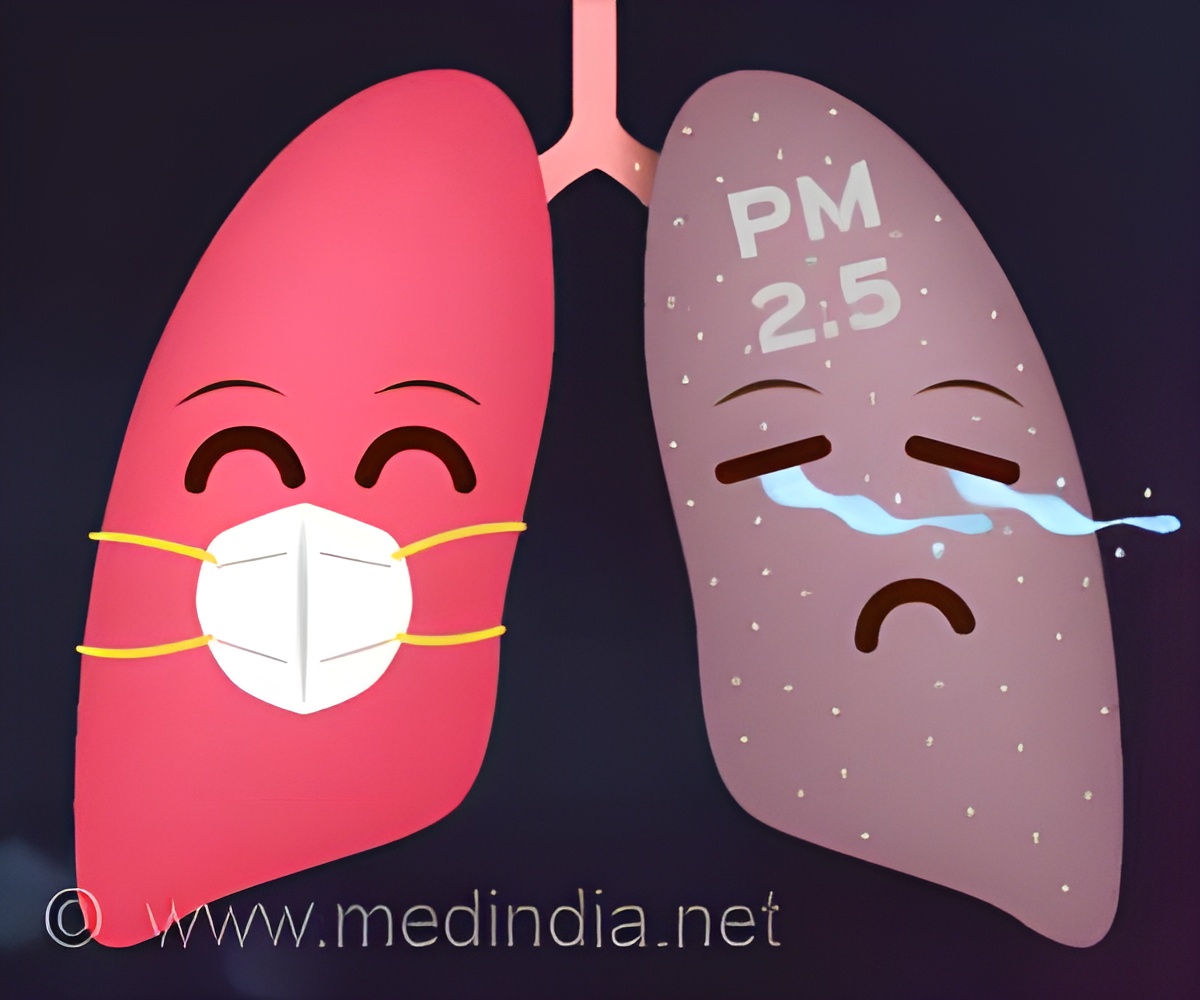
Climate and Air Quality Impact of Using Ammonia as an Alternative Shipping Fuel
Go to source). Decarbonizing shipping is a priority for the International Maritime Organization, a U.N. agency regulating maritime transport. One proposed solution involves transitioning the global fleet from fossil fuels to sustainable alternatives like ammonia, which could offer nearly carbon-free operation considering its production and use. However, a recent MIT-led study warns that adopting ammonia as maritime fuel could exacerbate air quality issues and worsen public health impacts without concurrent strengthening of emissions regulations.
‘#Ammonia, touted as a near-carbon-free maritime fuel, needs stringent emissions regulations to prevent significant impacts on #airquality and human health. #climatechange #airpollution ’




Ammonia combustion generates nitrous oxide (N2O), a greenhouse gas that is about 300 times more potent than carbon dioxide. It also emits nitrogen in the form of nitrogen oxides (NO and NO2, referred to as NOx), and unburnt ammonia may slip out, which eventually forms fine particulate matter in the atmosphere. These tiny particles can be inhaled deep into the lungs, causing health problems like heart attacks, strokes, and asthma. The new study indicates that, under current legislation, switching the global fleet to ammonia fuel could cause up to about 600,000 additional premature deaths each year. However, with stronger regulations and cleaner engine technology, the switch could lead to about 66,000 fewer premature deaths than currently caused by maritime shipping emissions, with far less impact on global warming.
“Not all climate solutions are created equal. There is almost always some price to pay. We have to take a more holistic approach and consider all the costs and benefits of different climate solutions, rather than just their potential to decarbonize,” says Anthony Wong, a postdoc in the MIT Center for Global Change Science and lead author of the study.
His co-authors include Noelle Selin, an MIT professor in the Institute for Data, Systems, and Society and the Department of Earth, Atmospheric and Planetary Sciences (EAPS); Sebastian Eastham, a former principal research scientist who is now a senior lecturer at Imperial College London; Christine Mounaïm-Rouselle, a professor at the University of Orléans in France; Yiqi Zhang, a researcher at the Hong Kong University of Science and Technology; and Florian Allroggen, a research scientist in the MIT Department of Aeronautics and Astronautics. The research appears this week in Environmental Research Letters.
Traditionally, ammonia is made by stripping hydrogen from natural gas and then combining it with nitrogen at extremely high temperatures. This process is often associated with a large carbon footprint. The maritime shipping industry is betting on the development of “green ammonia,” which is produced by using renewable energy to make hydrogen via electrolysis and to generate heat.
Advertisement
But even the greenest ammonia generates nitrous oxide (N2O), nitrogen oxides (NOx) when combusted, and some of the ammonia may slip out, unburnt. This nitrous oxide would escape into the atmosphere, where the greenhouse gas would remain for more than 100 years. At the same time, the nitrogen emitted as NOx and ammonia would fall to Earth, damaging fragile ecosystems. As these emissions are digested by bacteria, additional N2O is produced.
Advertisement
“Saying that ammonia is a ‘clean’ fuel is a bit of an overstretch. Just because it is carbon-free doesn’t necessarily mean it is clean and good for public health,” Wong says.
Environmental and Public Health Impacts of Global Fleet Switch to Ammonia Fuel
The researchers wanted to paint the whole picture, capturing the environmental and public health impacts of switching the global fleet to ammonia fuel. To do so, they designed scenarios to measure how pollutant impacts change under certain technology and policy assumptions.From a technological point of view, they considered two ship engines. The first burns pure ammonia, which generates higher levels of unburnt ammonia but emits fewer nitrogen oxides. The second engine technology involves mixing ammonia with hydrogen to improve combustion and optimize the performance of a catalytic converter, which controls both nitrogen oxides and unburnt ammonia pollution.
They also considered three policy scenarios: current regulations, which only limit NOx emissions in some parts of the world; a scenario that adds ammonia emission limits over North America and Western Europe; and a scenario that adds global limits on ammonia and NOx emissions.
The researchers used a ship track model to calculate how pollutant emissions change under each scenario and then fed the results into an air quality model. The air quality model calculates the impact of ship emissions on particulate matter and ozone pollution. Finally, they estimated the effects on global public health.
One of the biggest challenges came from a lack of real-world data, since no ammonia-powered ships are yet sailing the seas. Instead, the researchers relied on experimental ammonia combustion data from collaborators to build their model.
“We had to come up with some clever ways to make that data useful and informative to both the technology and regulatory situations,” he says.
In the end, they found that with no new regulations and ship engines that burn pure ammonia, switching the entire fleet would cause 681,000 additional premature deaths each year.
“While a scenario with no new regulations is not very realistic, it serves as a good warning of how dangerous ammonia emissions could be. And unlike NOx, ammonia emissions from shipping are currently unregulated,” Wong says.
However, even without new regulations, using cleaner engine technology would cut the number of premature deaths down to about 80,000, which is about 20,000 fewer than are currently attributed to maritime shipping emissions. With stronger global regulations and cleaner engine technology, the number of people killed by air pollution from shipping could be reduced by about 66,000.
“The results of this study show the importance of developing policies alongside new technologies,” Selin says. “There is a potential for ammonia in shipping to be beneficial for both climate and air quality, but that requires that regulations be designed to address the entire range of potential impacts, including both climate and air quality.”
Ammonia’s air quality impacts would not be felt uniformly across the globe, and addressing them fully would require coordinated strategies across very different contexts. Most premature deaths would occur in East Asia, since air quality regulations are less stringent in this region. Higher levels of existing air pollution cause the formation of more particulate matter from ammonia emissions. In addition, shipping volume over East Asia is far greater than elsewhere on Earth, compounding these negative effects.
In the future, the researchers want to continue refining their analysis. They hope to use these findings as a starting point to urge the marine industry to share engine data they can use to better evaluate air quality and climate impacts. They also hope to inform policymakers about the importance and urgency of updating shipping emission regulations.
This research was funded by the MIT Climate and Sustainability Consortium.
Reference:
- Climate and Air Quality Impact of Using Ammonia as an Alternative Shipping Fuel - (https://iopscience.iop.org/article/10.1088/1748-9326/ad5d07)
Source-Eurekalert










